T4K3.news
Israel moves to block Hamas escape in Gaza City
The IDF's Gaza City operation will test tactics to prevent Hamas from fleeing among civilians.
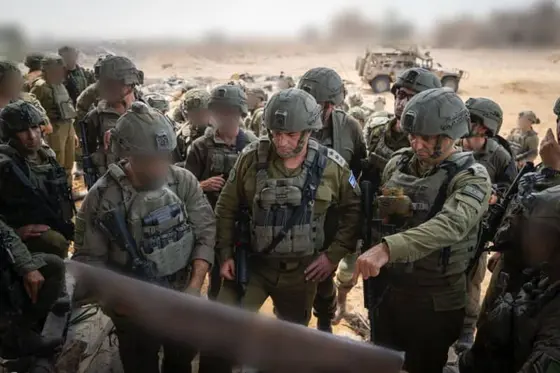
The piece argues the core issue is stopping Hamas fighters from blending with civilians during a Gaza City operation, not just counting troops.
Israel Moves to Block Hamas Escape in Gaza City
The IDF is preparing for a Gaza City operation with large infantry forces. The main question is how to stop Hamas fighters from slipping away among civilians. Early in the war, estimates suggested 25,000 to 50,000 ground troops and up to 130,000 reservists could be involved, but the article notes these numbers matter less than the tactic used to prevent concealment and limit civilian harm.
Analysts outline two paths: a quick, heavy assault that risks higher civilian exposure, or a slower encirclement that evacuates residents in phases to screen evacuees and catch fighters off guard. The Beit Hanoun and Shifa Hospital episodes from 2023–2024 are cited as lessons in how tactics shape Hamas ability to hide and how civilian damage affects public support. Past mistakes of letting crowds carry fighters have complicated efforts to degrade Hamas leadership. The hostage issue and potential ceasefire talks add political pressure, potentially pushing decisions that trade civilian safety for strategic gains.
Key Takeaways
"The main story is preventing Hamas from fleeing among civilians."
editorial emphasis on core strategic challenge
"A slower encirclement might save civilians but raises the risk to soldiers."
defense analysis of tactic tradeoffs
"Past hospital takeovers show how missteps hurt civilians and complicate aims."
historical precedent cited
"Hostage talks could tilt the balance between a ceasefire and an escalation."
diplomatic leverage and strategic timing
The core idea is shifting from counting soldiers to controlling a deadly dynamic: Hamas fighters using civilian movement as cover. A surgical, civilian-focused approach could reduce losses on both sides, but it demands rigorous planning, constant risk assessment, and credible safeguards for evacuees. The looming question is whether political pressure, including hostage diplomacy, will push a plan that minimizes civilian harm while delivering a meaningful blow to Hamas. If leaders choose speed over precision, civilians pay the price; if they choose caution, the operation could stretch timelines and test resilience at home.
Highlights
- Hamas hiding in crowds should not guide a failed plan
- A surgical approach may spare civilians but test soldier resolve
- Stop letting the escape route define the battlefield
- Hospital lessons show mercy and harm can ride the same plan
Civilian Harm and Political Sensitivity in Gaza City Operation
The proposed Gaza City operation involves significant civilian risk and domestic political sensitivity. Decisions will affect hostage diplomacy, public opinion, and regional stability, making it a high-stakes, politically sensitive plan.
Plans must protect civilians while stopping Hamas from using civilian movement to hide.
Enjoyed this? Let your friends know!
Related News
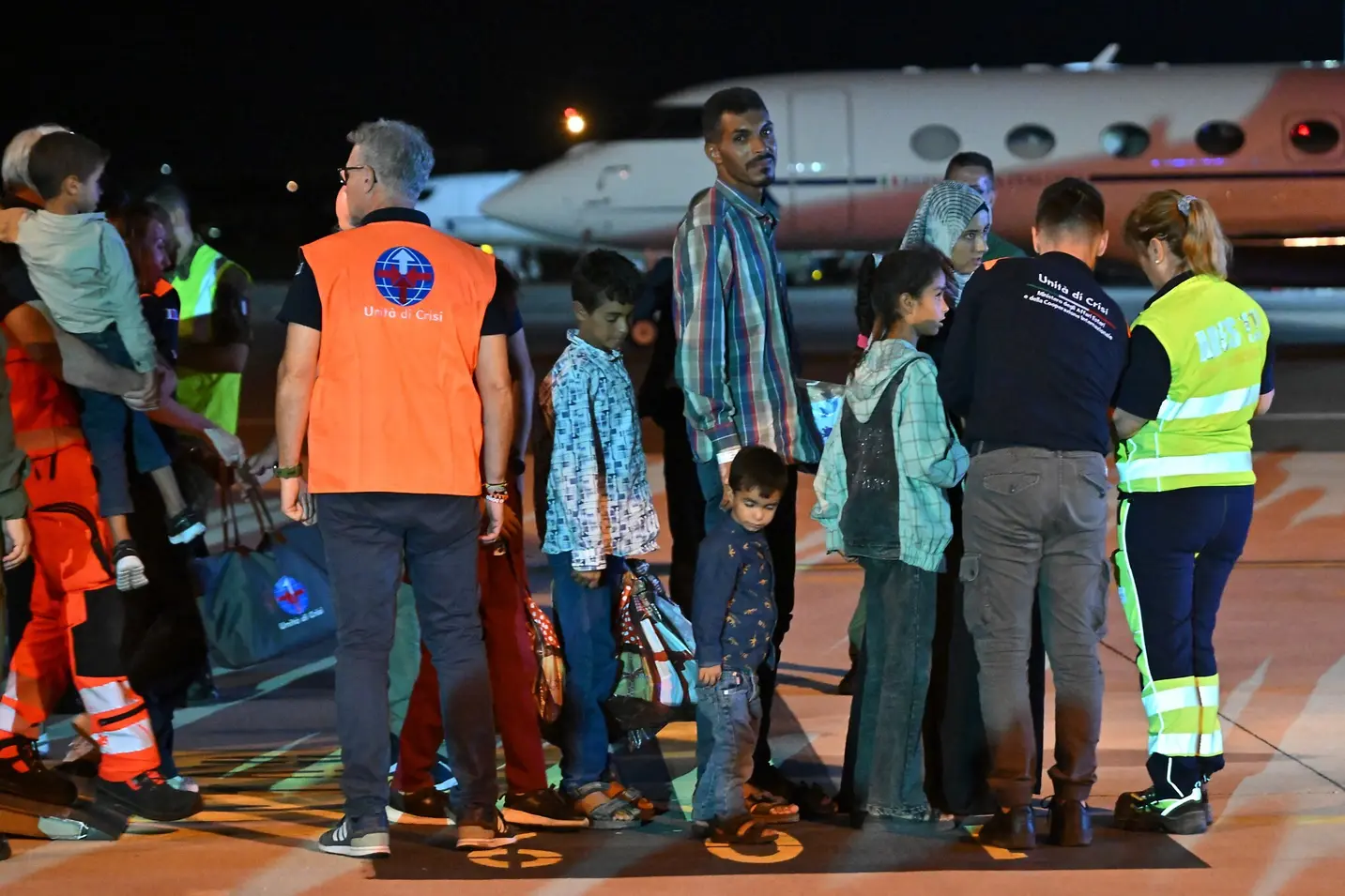
Health evacuations in Gaza expand
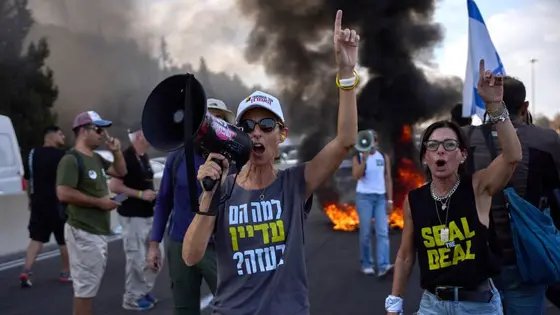
Israel protests demand hostage deal
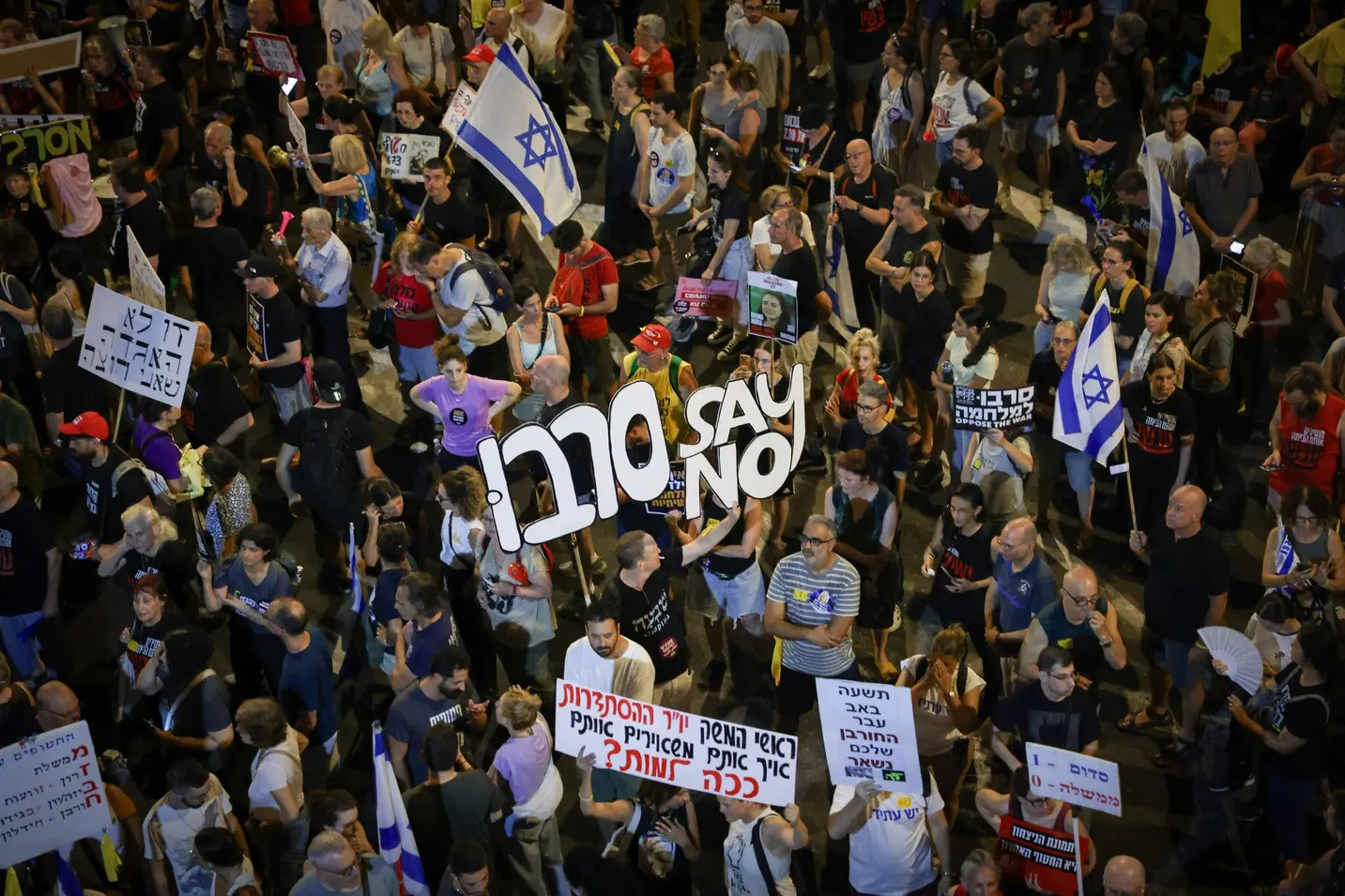
Protests surge as Gaza City plan tests Israeli resolve
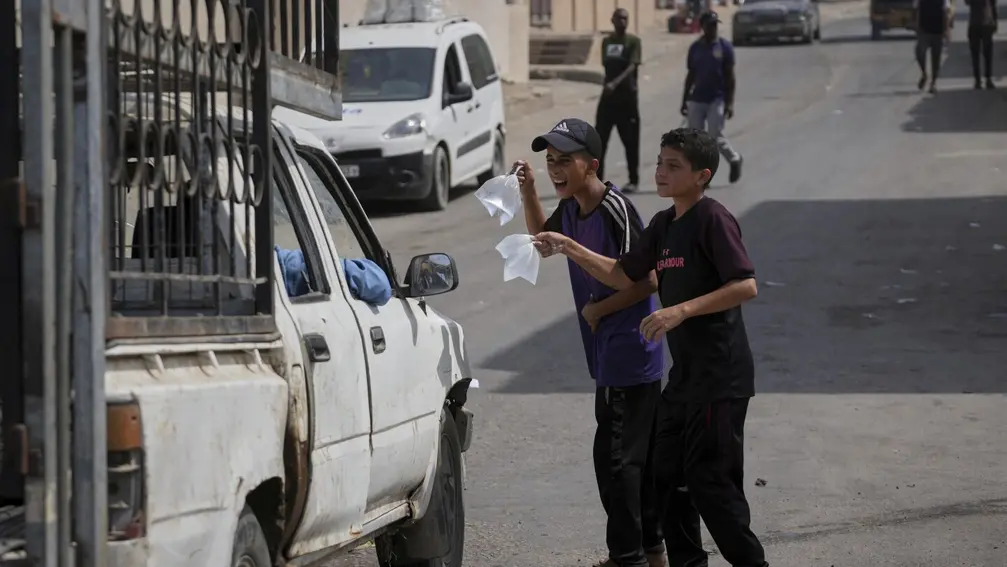
Aid Groups Demand End to Weaponization of Gaza Relief
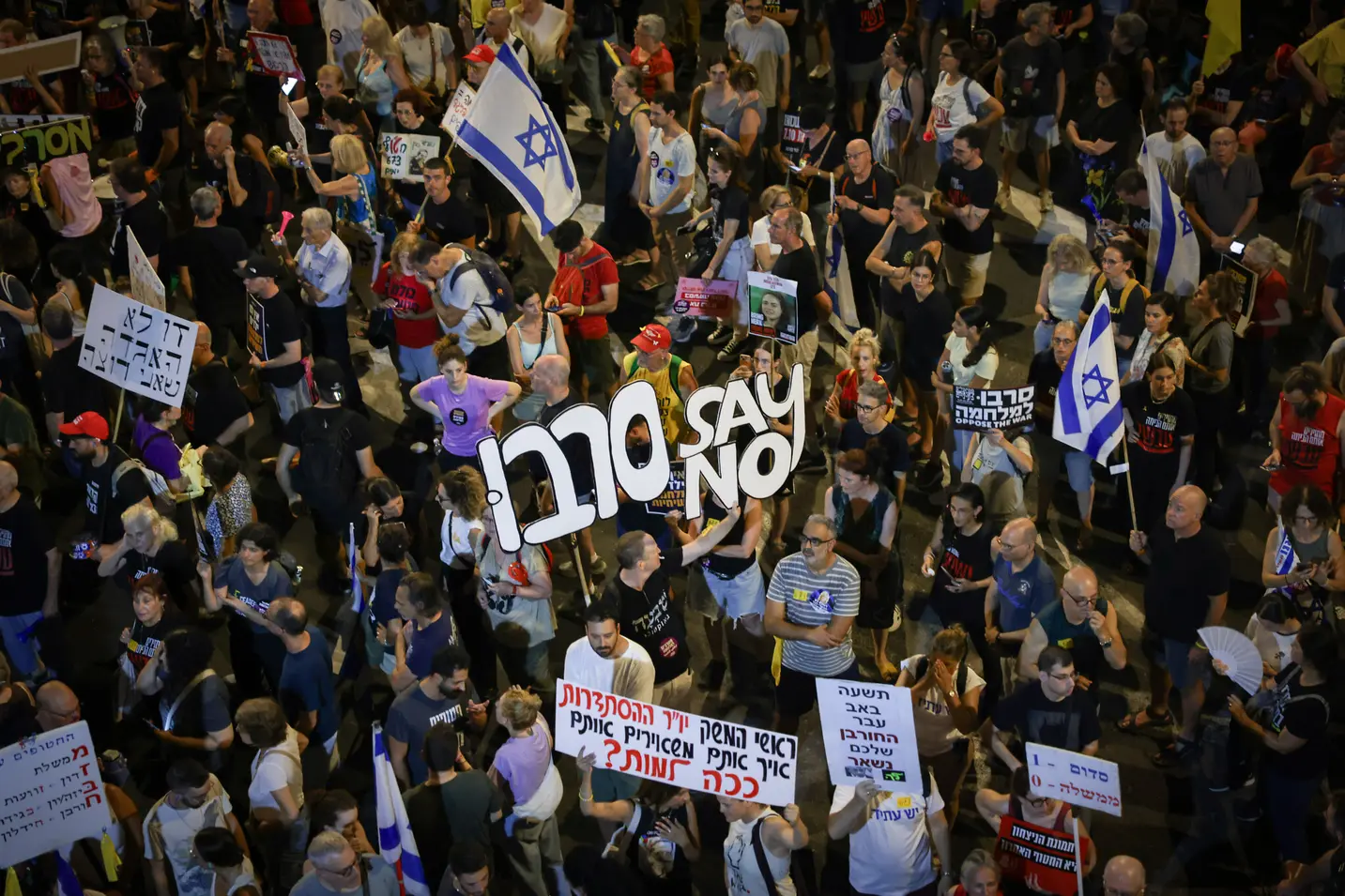
Israel faces mass protests over Gaza City plan
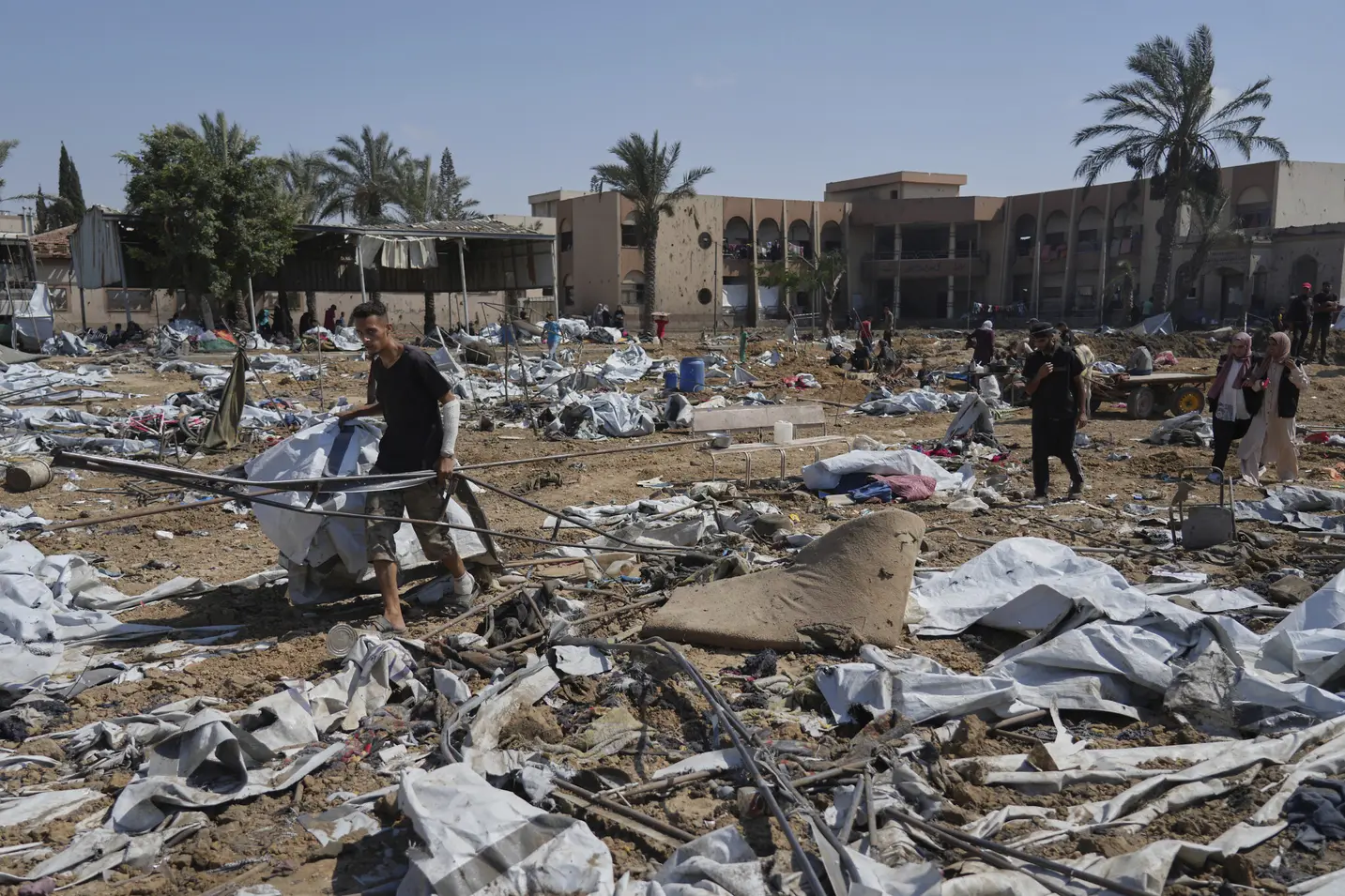
Israel moves toward Gaza City assault
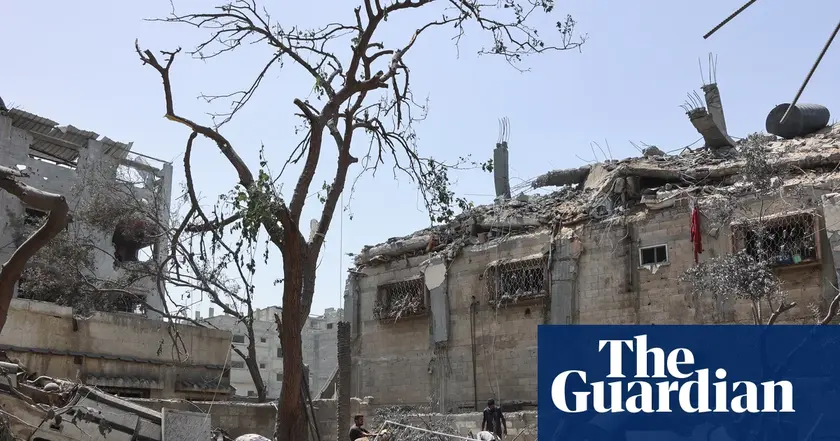
Israel Gaza City plan flagged for risk
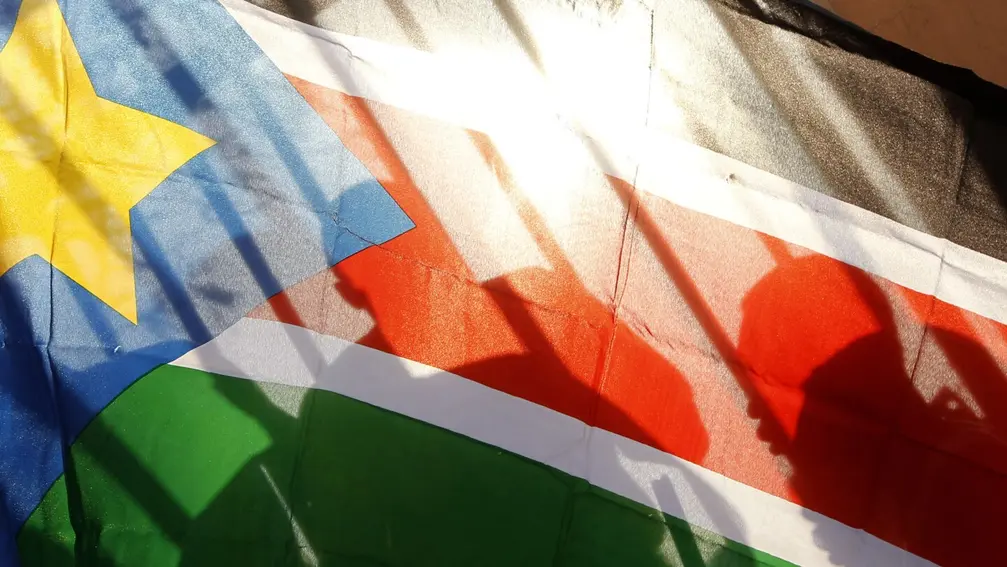
Israel weighs Gaza relocation to South Sudan
